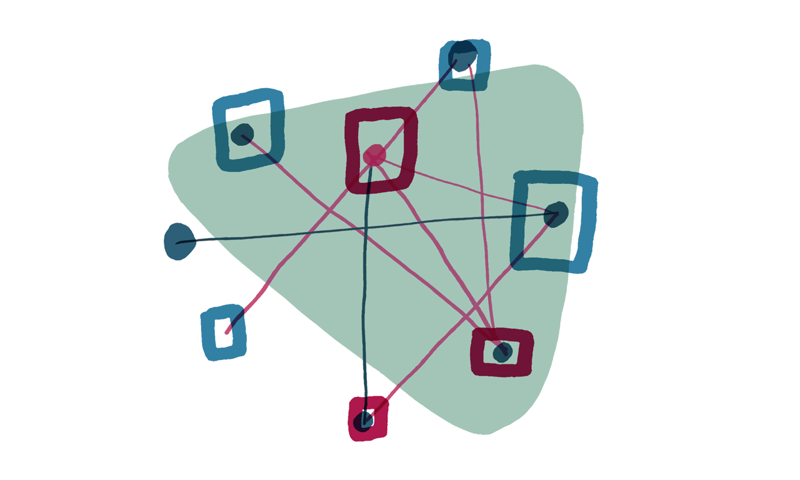There’s an Italian word that has fascinated me ever since I was an 18-year-old student labouring on a still-life drawing: chiaroscuro.
It refers to the tonal differences between light and dark, and how one can’t exist without the other.
However, it wasn’t the artistic avenues that chiaroscuro opened up or the great art that uses tonal differences to such powerful effect that fascinated me. No, it was the very practical implications it made to the drawing I was working on, and chiaroscuro offers a rule that I keep on coming back to 20 years later. It applies to everything: from sketching to software development to writing proposals.
I’ll happily (and quickly!) admit that I am not a great artist – neither now nor back in college. As a group of rather wet art students we had been given a giant collection of junk to draw – we had to select one area, find an interesting composition and start drawing. I vaguely remember choosing an area with a bit of found typography and some dried hogweed surrounded by orange, industrial netting. You couldn’t have asked for a more diverse collection of objects that were difficult to draw.
I started drawing the thing that excited me the most: the hogweed. An upside down umbrella of stalks and seeds that fascinated me. I laboured away in pencil, drawing in great detail a minute portion of a gigantic page. I was feeling happy with myself. At that point, the tutor came over and explained chiaroscuro to me. I was devastated.
Starting to draw my hogweed in great detail – lavishing attention on every seed pod and spine – meant that everything else would have to be drawn to the same level of finesse. I was locked in – if anything else was drawn loosely (or indeed wasn’t appropriate to draw at the same level to detail – shiny rubber netting has a very different surface quality than dried plants!) it would stand out hugely. I was fucked.
Light and dark wouldn’t be harmonious. The still-life wouldn’t come together. It was an important lesson: you can’t draw something without it affecting the things around it.
So, how does this artistist term influence me today, 20 years later? For all its obviousness: that light and dark interact with each other, and can’t be appreciated without each other. Like those optical illusions that surround one colour with different backgrounds, chiaroscuro demands you think about the picture larger than the individual parts.
Whether you’re planning a workshop or designing a new feature, the things, space and context surround and affect each part. This sounds plainly obvious but in the heat of the moment, the excitement or the fascination with new (and earnest focus on the detail at hand), it’s often the obvious that is overlooked. Chiaroscuro teaches you to look at the whole, before getting carried away with the individual elements. It forces you to consider the distant view before focusing on the near.
For years I’ve used this Mona Lisa image to explain how MxM works iteratively rather than incrementally. In a world of products and apps, this is of course a fundamental truth of taking an iterative rather than incremental approach. However, it’s only when I remember the hours I spent labouring away at a shitty drawing of hogweed that I realise it doesn’t just apply to agile software, it can apply to anything. Consider the whole at a lower fidelity rather than distinct details at a higher resolution.
Planning a workshop? Think about the structure and what you want to achieve before getting carried away into the detail of the component parts. Sketching a product idea? List the key components of the idea you want to convert before starting to sketch. Building a new feature? Understand the broader business requirements before turning on your computer.
Light affects dark. Details are defined by their context. And if you don’t think about the big picture, not only might you draw yourself into a corner but you might waste a ton of money and time too.






